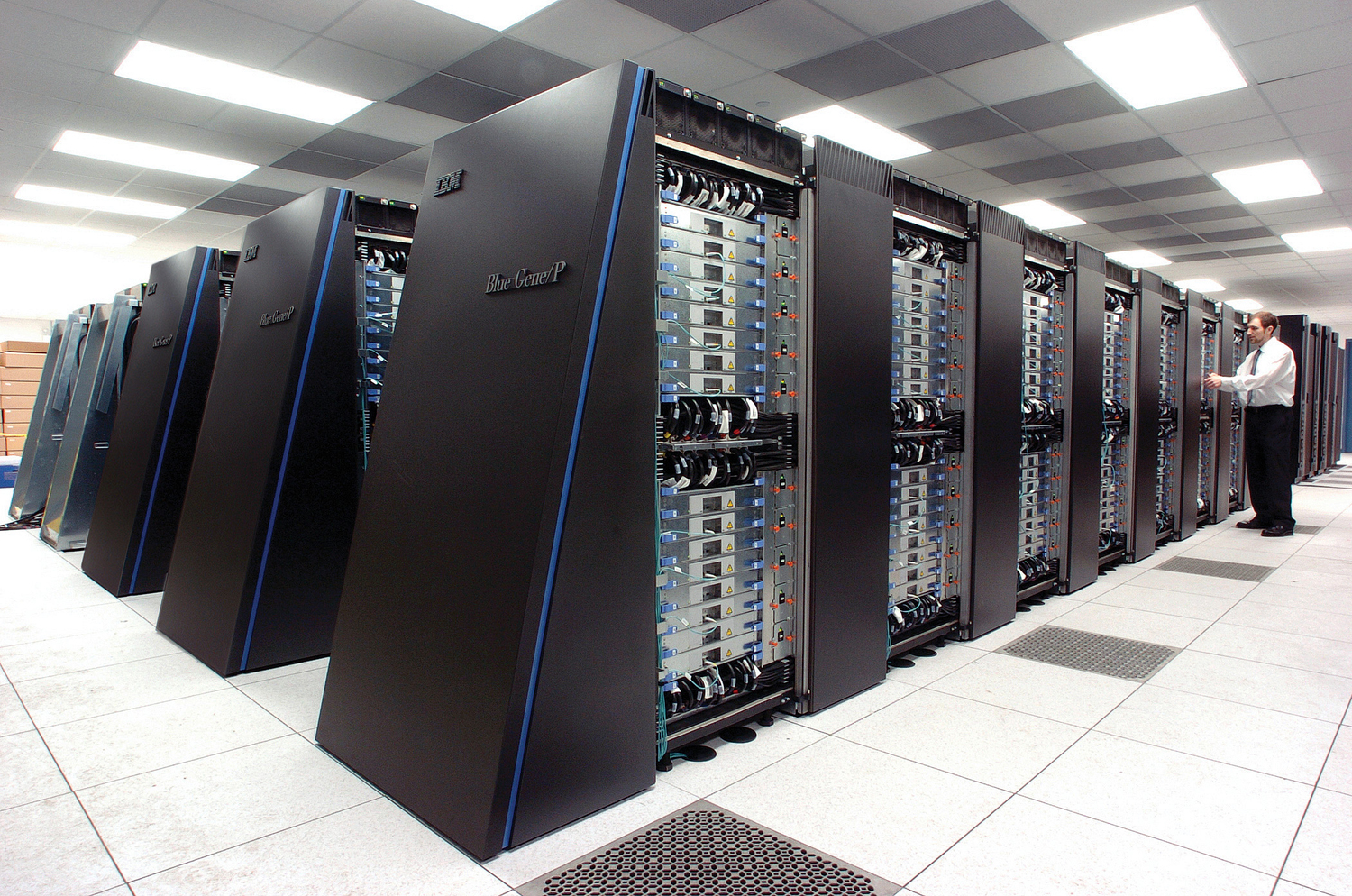New Chinese supercomputer
Interview with
China made history this week, when their super computer Sunway TaihuLight  was announced as the fastest in the world, and China can now claim more spots in the world's top 500 fastest supercomputers than the USA. Naked Scientist "techspert" Peter Cowley was on hand to take Georgia Mills through this 'super-development'.
was announced as the fastest in the world, and China can now claim more spots in the world's top 500 fastest supercomputers than the USA. Naked Scientist "techspert" Peter Cowley was on hand to take Georgia Mills through this 'super-development'.
Peter - Super's probably not the right term. I can imagine back in '76 when it was first used, then super made sense but it should be sort of hyper-ultra. The speed increase has been dramatic since then, like all computing power. So, for instance, the 1976 Cray, which probably cost many millions of pounds, is actually the first supercomputer which is actually 15 times slower than my watch on my wrist and 400 times slower than my phone. In the meantime, in the sort of 40 years since that happened up to the latest Chinese one we're going to talk about in a minute, they've been through all kinds of iterations, including one USAF (United States Air Force) computer that is 1,760 Playstation 3 consoles connected together. So a supercomputer is basically something that's processing very, very, very rapidly.
Georgia - So how did this new computer, Sunway TaihuLight, top this list?
Peter - Well the Chinese are actually number two as well, so they were obviously number one a few years ago. So about three years ago they must have said we're going to start to design a much faster computer and, unlike almost all the other ones in the top 500, which is a list that's published which will mostly use intel processes which are used in many of our PCs, they design their own silicon on that. So they've got something that's actually got 10 million separate processes in it. It's got 1.3 million gigabytes of memory - unbelievable. It processes almost a hundred million billion floating point operations a second. Absolutely, massively first.
Georgia - And floating point operations, what are they?
Peter - Floating point operations. If you multiply to long numbers together, that's floating point as opposed to fixed point and they're actually, interestingly called flops. They talk about petaflops and gigaflops and teraflops, so this computer is a 93 petaflop speed.
Georgia - That's a very floppy computer. So what does it actually do?
Peter - It's used for parallel processing - very important it paralleling processing vast amounts of data. So, weather prediction, flow around aircraft for design purposes, possibly for military applications I suspect, drug research, computer aided engineering, oil prospecting, etc., etc. So it's all to do with processing simultaneously vast amounts of data.
Georgia - It sounds pretty useful, so what makes them hard to make?
Peter - Obviously cost. I mean this one in China apparently cost 270 million dollars. They take a lot of power - 15 megawatts this thing takes and probably another 25 megawatts to cool it down, and software. You need some specialised software which will load huge amounts of data and run it in parallel and then pull the data back again for results.
Georgia - How big are these?
Peter - They are huge. I mean, if you compare it with my watch. It's 25 times faster, my watch, than the one originally but that is 40 years on. This thing, I say, probably takes up 200-250 square metres of floor space.
Georgia - Wow, incredible! This top 500 list, does the U.K. have any supercomputers on it?
Peter - Yes. It has slightly less than it did in 1996 but it does actually have 11. The two that are around about the 15/16 mark are Crays, which is an American manufacturer that's been around for many years , used by the Met Office for weather prediction. But the Met Office is actually buying a new one at the moment that will cost 100 million pounds. And to partly answer your question earlier on it actually weighs 140 tons, has got half a million cores, which is still 20 times less than the Chinese one but it's only 5 times slower so 16 petaflops per second.










Comments
Add a comment